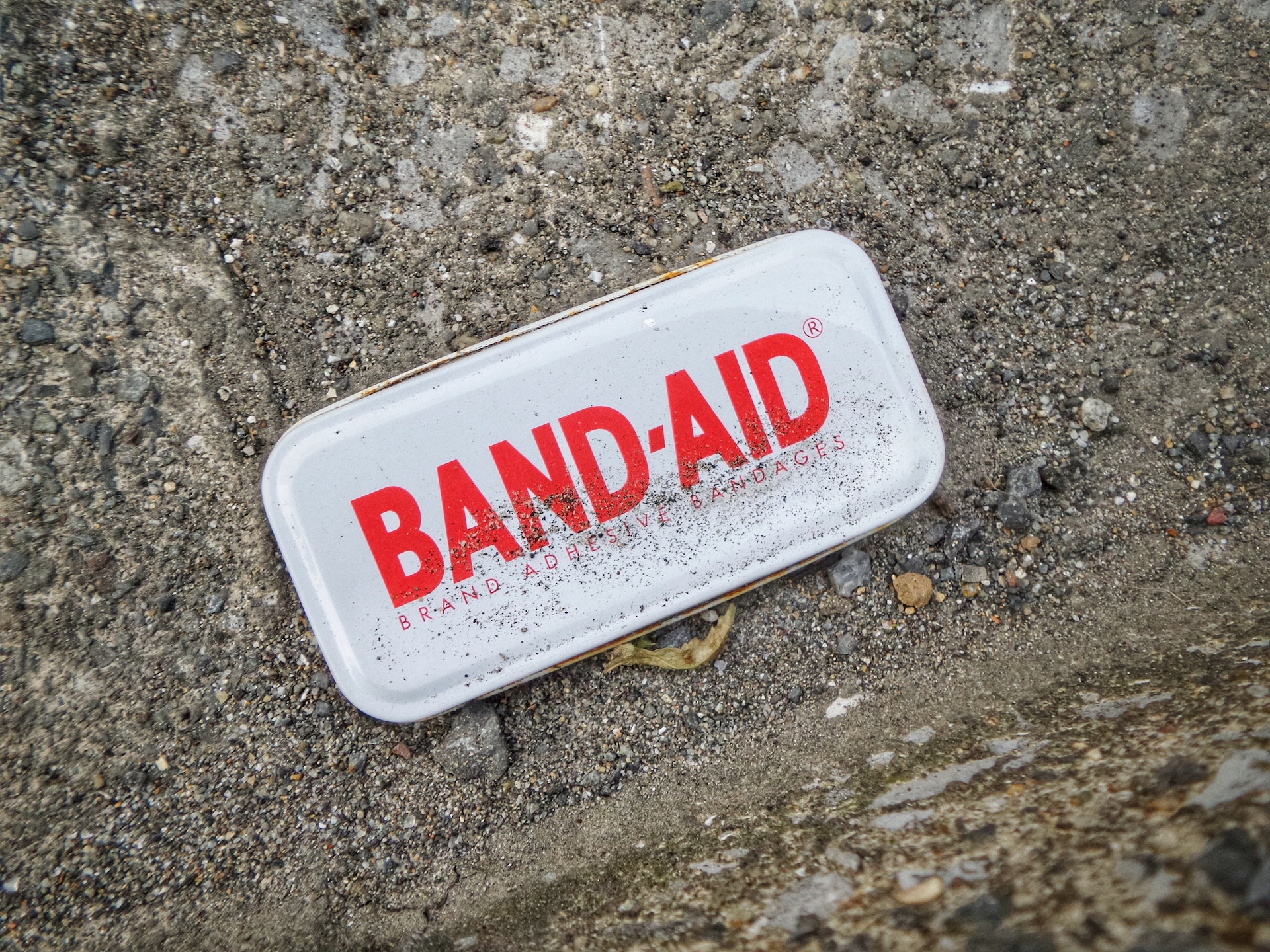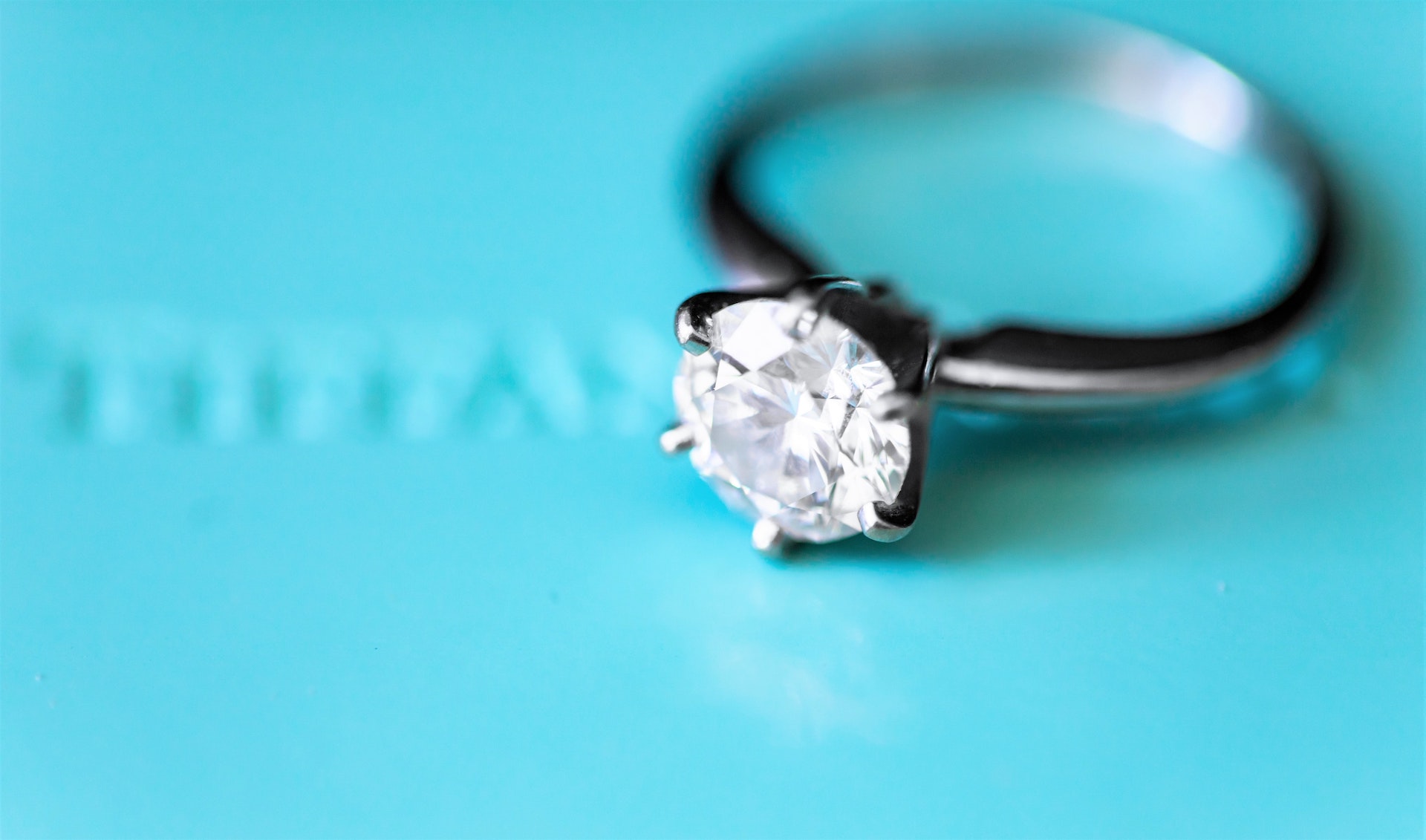The Beginnings of Visual Identity

Visual Identity — the way your brand ‘looks’ — exists to make your Brand Purpose visible and tangible. Color is a prominent element of your Visual Identity.
At ZeBrand, we believe your vision deserves to be seen and realized. In this content series, we help you use brand as a tool to power up your business and jumpstart your growth.
Welcome to Part 6 of A to Ze of Brand Building -- 'The Beginnings of Visual Identity'. (Read Part 5 here if you missed it!)
The Beginnings of Visual Identity: Logos and Color
If you’ve been keeping up with our earlier posts, now you have your Brand Purpose and a business model to support it. You’ve also identified what kind of emotional connection you want to create with your customers, as well as your Brand Positioning: how you want to position your brand in customers’ minds and their lives. If you’ve ticked all these boxes, you’re now ready to make your brand seen.
Your Visual Identity — the way your brand ‘looks’ — exists to make your Brand Purpose visible and tangible. The elements you choose within it must be aligned, consistent, and well balanced. They must work together to reinforce your vision, mission, and values — your very essence.
In this post, we cover two key elements of the visual toolkit that have the most visibility and extensive design history — Logos and Color. Although logos and color have been the most traditional signifiers of a company and its products, it's important to remember that by no means are they the most important of brand elements. In fact, as more and more brands craft seamless experiences, it's often the overlooked elements like typography and photography that contribute to brand recognition, but perhaps in a less intrusive way. Nonetheless, having an understanding of logo and color is a good starting point to gaining insight into the principles that underpin Visual Identity. Rest assured, we'll deep dive into additional elements like typography, photography and imagery in our next post.
Logos
First up, let’s talk about logos. Alongside your company name, this may well be the most recognizable aspect of your brand. How often have you sat at the window seat of an airplane and identified all of the airlines waiting for departure by the markings on their tail fins? Or sat in the backseat of your parent’s car as a child and correctly guessed the maker of all the vehicles that zoomed by? It’s often logos that have the greatest visibility and longevity to stand the test of time.
When it comes to logos, they either fall into one of two broad buckets, or is a combination of both:
Wordmark
A wordmark is simply a stylized and more recognizable way of writing out your company’s name.

Photo by Franck V. on Unsplash
Band-Aid is an example. So are Gap and Kleenex. Airlines like JetBlue also use a wordmark. To design a wordmark, designers might alter an existing typeface (a set of pre-stylized letters) or create letters from scratch.
The advantage of using a wordmark is that they are immediately legible—there’s no guesswork and the communication is extremely straightforward. This is especially beneficial when companies need to build recognition and have no time to waste on educating consumers on what a particular symbol means (ever wonder why most brands in the start-up economy start off with wordmarks?).
Wordmarks have a lot of expressive potential. What a wordmark conveys is highly dependent on typography, or the stylistic rendering of its letters. Certain typefaces can make wordmarks seem regal, classic, or luxurious, while others may feel more contemporary, witty, or cutting-edge. When Burberry transitioned from its iconic, classic wordmark to a new one that uses a streamlined, minimalist typeface, many people felt that the brand lost some of its allure and history, which goes to show just how important typography is to a logo. But more on that in our next post!
Logomark
The second most common type of logo is a logomark — a pictorial symbol that signifies your brand.

Photo by Jannis Lucas on Unsplash
When thinking about a high-performance vehicle like Ferrari, the prancing horse symbol comes to mind. And when shopping for a pair of sneakers, the Nike swoosh is what pops out of the shelves. When driving on the highway and you see a picture of a red and yellow shell, you immediately recognize it as a gas station. Although time and investment is needed to build recognition and meaning into these symbols, when done so, it often becomes an entity that is truly iconic.
Within the world of logomarks, there are numerous creative options depending on what best expresses your brand’s story. It could be abstract while still communicating a certain feeling or idea, like the Qantas Kangaroo to convey the spirit of Australia, for example.Or, it could be highly illustrative with added detail and craft, such as a crest like Porsche’s. It can even include letterforms in a stylized, distinctive way, like MTV.
Because logos appear in many different places from outdoor signage to social media avatars, you will often see brands using a combination of a wordmark and a logomark. Wordmarks should be used in highly communicative instances such as signage or business cards, while the logomark is an efficient shorthand way of representing the brand in small spaces, such as app icons. Microsoft for example has a stylized wordmark, paired with its iconic Windows logomark: an abstract illustration of an actual window.
Color
Color is another element that is a highly recognizable aspect of a brand. Wherever you are out in the world, it’s often the emerald green color of a Starbucks that assures us we’re still somewhat close to home. When presenting a ring to a special someone, a box in Tiffany’s signature blue tone can set things off on the right foot. And want to show off some extra class? It might just be that the red soles on Christian Louboutins send the right signals. Color can be such a strong shorthand for a brand that many of these companies trademark their own original hues.

Photo by __ drz __ on Unsplash
Despite this, the value of color goes beyond ownership. People have been culturally conditioned to react in certain ways towards different colors. In this way, colors can be communicative in themselves. Large corporations like Bank of America, Citibank, Allianz, and Zurich have long ago discovered that the color blue stands for calm, stability, and trustworthiness. Similarly, KFC, Burger King, and McDonald’s have tapped into reds, which evokes speediness as well as a knack for whetting the appetite. Green of course hits at our inclination to be one with the natural environment. Yellow signifies energy, vibrance, and joy, while white commonly stands for purity and black for luxury. But be careful — these meanings can shift from culture to culture. In Asia, white can connote death and the spiritual world, and red is more commonly used than black when it comes to communicating wealth and opulence.
Logos and color are probably what most people first think of when they hear the word ‘branding’. The most iconic brands of our century are defined by distinctive symbols and trademarked colors that you can recognize from a mile away. But as we move into a new era of innovation and experiential branding, other visual elements also become critical in their roles in creating an effective Visual Identity. And it’s those elements that we turn our attention to in our next post of the A to Ze of Brand Building.
A to Ze of Brand Building is a 10-part series about all things branding, with an eye to using branding to engage your customers and grow your business. Continue on to Part 7: Expanding your Visual Language.



